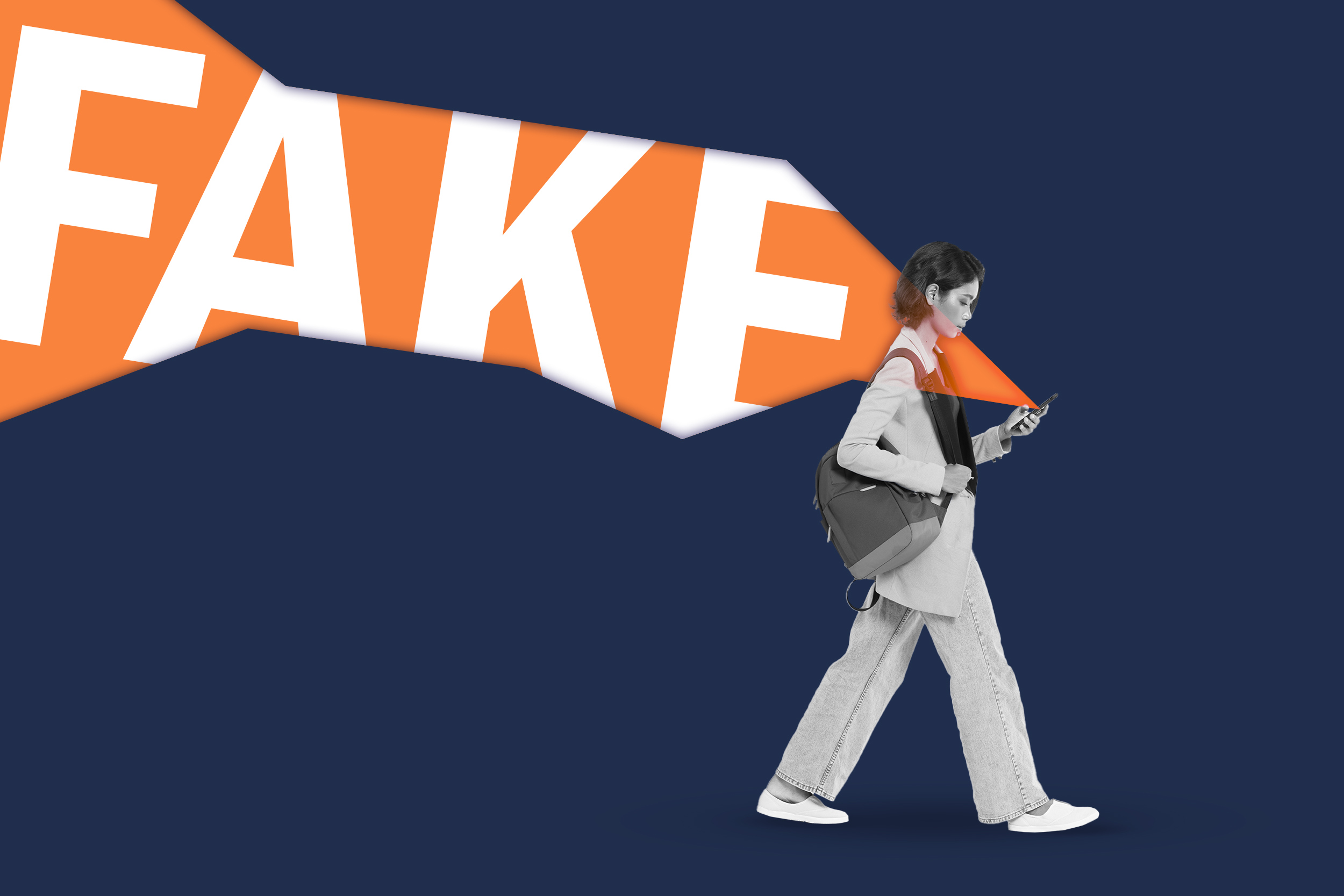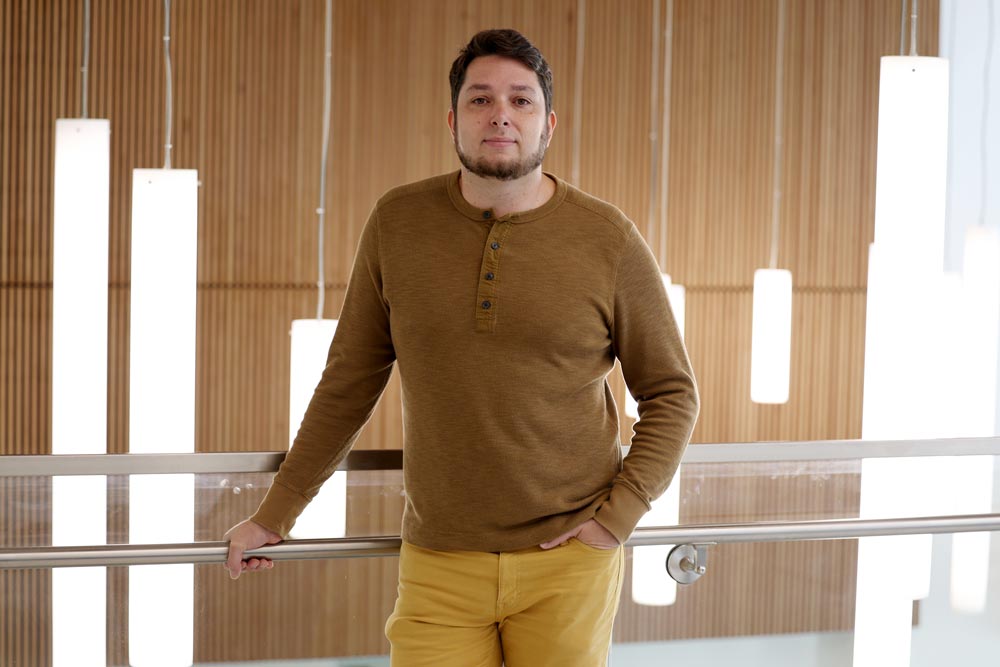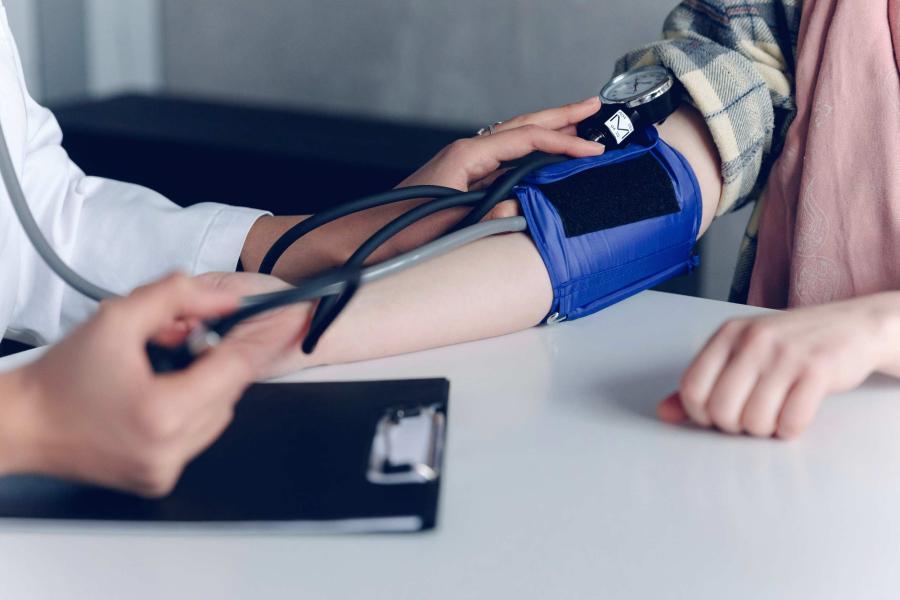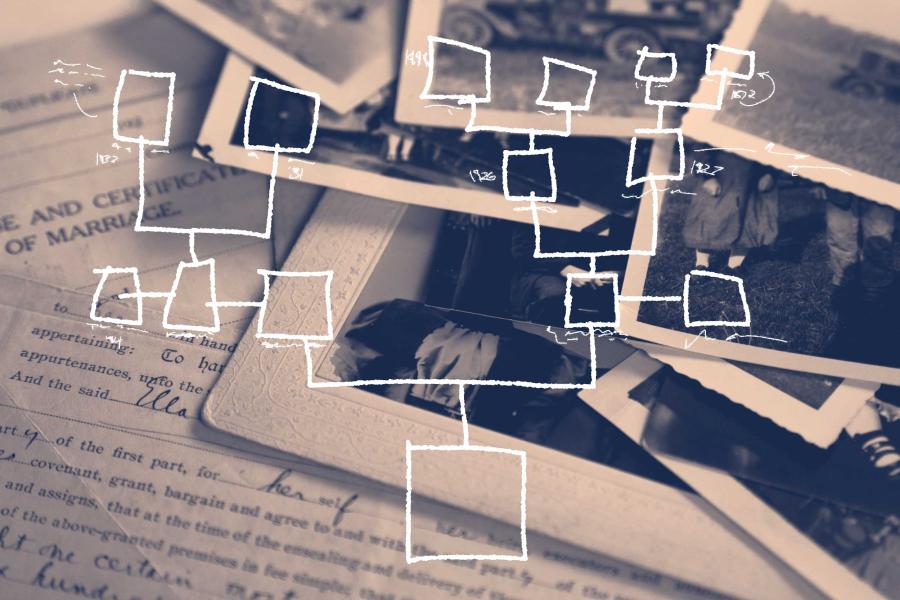Do you think you can spot fake news?
UVA Today has an interactive quiz to test your University of Virginia knowledge and fakery detection skills. But before we get to that, here’s some crucial information from UVA research.
It turns out Generation Z and millennials, who grew up online, struggle to spot bogus, AI-generated headlines. With the presidential election just weeks away, campaigns are in high gear and misinformation is spreading. Knowing what is real and what is fake is more important than ever.
Hudson Golino, an associate professor of psychology at UVA, joined colleagues from the University of Cambridge to create “MIST,” the misinformation susceptibility test. The team used ChatGPT2 to generate quizzes with fake and real headlines. Then, they analyzed test taker data.
“We wanted to see the difference between younger adults and older adults in terms of their ability to detect misinformation,” Golino said. “We discovered something super cool and interesting … older adults are actually less vulnerable to misinformation than younger adults.”






